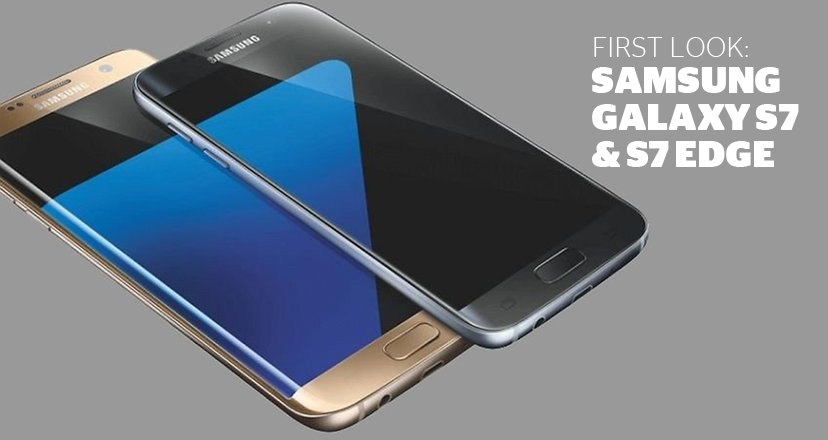|
Get the low-down on Samsung’s latest flagship devices Written by Ben Pantazon, Contributor The arrival of one of Samsung’s latest flagship models is upon us, with the Galaxy S7 generating a lot of buzz. With the release of Samsung’s Galaxy S6 Edge+ just barely fading from the view of our rearview mirror, we’re taking a closer look at what’s included in this latest release from Samsung. DesignUpon its unboxing, you might think the S7 hasn’t changed at all from the S6 and while they are similar, there are enough changes that make the newer model much more distinct. One of these changes includes curved edges on the back of the phone, allowing the device to contour to the shape of your hand. While this change may sound insignificant, it makes holding the S7 feel much more comfortable. Another feature that Samsung implemented is a spot for a microSD card. This means that even though the S7 is only available in a 32GB model, users now have that expanded storage option they were clamoring for in previous models, allowing up to an extra 200GB. The S7 also includes a smaller rear-facing camera bulge than the S6, with the lens protruding less than one millimeter. This miniscule camera bulge is generally erased with the use of a case. PowerThe Galaxy S7 is one of the first Samsung phones to implement the use of Android 6.0 Marshmallow. With the Qualcomm Snapdragon 820 chipset in addition to 4GB of RAM, gaudy tasks such as shooting 360-degree video are handled with much more capability than before. It also boasts a 3,000 mAh battery, which is an improvement over the 2.500 mAh battery from the S6. Samsung’s battery improvement along with the new “Always-on” display really helps prolong the life of your phone throughout the day. This “Always-on” feature allows you to have a constant display of the time, date, or other images without having to push any buttons on your phone. This feature actually uses less power than having to unlock your phone, as the “Always-on” display only uses the necessary portion of the screen to project those images. CameraOne concern you may have with the S7 is a smaller, 12-megapixel camera (the S6 had a 16-megapixel camera). While this may sound like a huge downgrade, having a lower number of megapixels with the same camera sensor allows each pixel to be larger. These larger pixels allow the collection of more light, creating better pictures both in normal and low-light settings.
There are more new camera features as well:
|
connectedlifeInspiring stories and how-to advice to help you do amazing things on the go, every day. Archives
June 2019
Categories
All
|
|
NEED ASSISTANCE?
|
"Doing the right things for the right reasons"
MKcellular ©2023
Website created by mkC Media |
CURRENT CUSTOMERS
|



 RSS Feed
RSS Feed

